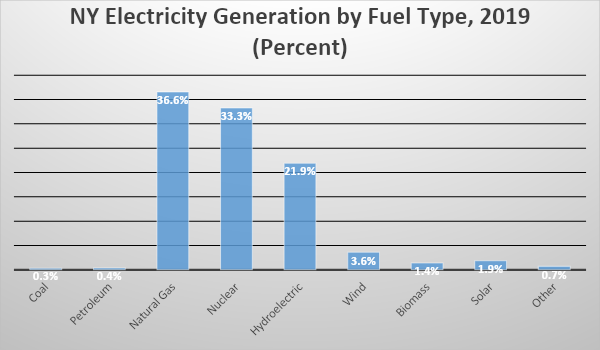Tesla, GM, and Ford are now manufacturing ventilators to bolster the country’s stock in response to the coronavirus crisis. Meanwhile, President Trump has activated the Defense Production Act, which may compel more companies to follow suit. While it may be difficult to retool an auto assembly line, these companies have 3D printers for components, “clean rooms” that could meet FDA standards and Tyvek suits used in paint shops that could be re-purposed to aid in the fight against the coronavirus. Regarding Tesla’s offer to make ventilators, New York City Mayor Bill de Blasio tweeted: “Our country is facing a drastic shortage and we need ventilators ASAP – we will need thousands in this city over the next few weeks. We’re getting them as fast as we can but we could use your help! We’re reaching out to you directly.”
New York City is clearly a hot spot for the coronavirus. As of Wednesday morning, March 25, there were at least 30,811 confirmed cases of the coronavirus discovered in New York State, including over 17,856 in New York City. At least 285 people have died from the coronavirus in the state, which has over half of the confirmed cases in the United States.
Tesla will be reopening its Buffalo plant to make ventilators. Medtronic is partnering with Tesla on the project and “open-sourcing” one of its lower end ventilators, which are easier to produce because there are fewer components, and that can be used as an intermediary step in the critical care of coronavirus patients.
There are about 160,000 ventilators in the United States and another 12,700 in the National Strategic Supply—a cache of medical supplies maintained by the federal government to respond to national emergencies. Ventilators, which deliver air to the lungs through a tube placed in the windpipe, are a crucial tool to keep patients from dying from COVID-19. The machines can cost as much as $50,000.
Electricity will be needed to produce the ventilators and to operate them at hospitals around the state. New York gets over 90 percent of its electricity from traditional sources of electrical generation that can be relied on to perform 24/7.
New York’s Electricity Mix
Despite the state’s concerted effort to be “carbon-free,” New York relies on natural gas for almost 40 percent of its electricity. Traditional sources of power (natural gas, nuclear power, and hydroelectricity) have provided over nine-tenths of New York State’s net generation since 2012, while other non-hydroelectric renewable resources (e.g., wind and solar) have provided less than 10 percent.

Over half of New York’s generating capacity is at natural gas-fired power plants, and about two-thirds of that capacity is at units with dual-fuel capability that can use either natural gas or petroleum. To increase reliability, especially during the winter months, New York regulators require the electricity generating units with dual-fuel capability to be ready to switch to petroleum, which generates less than one percent of the state’s electricity, but is available at times of severe weather or electricity price spikes. Oil and gas companies are implementing contingency plans focused on ensuring continuity of supplies to market, and preventing the spread of the coronavirus to workers and the public. Natural gas utilities are considering using contractors to backfill positions if needed, or calling on mutual personnel or equipment assistance from other utilities.
In 2019, one-third of New York’s net generation was provided by nuclear power. However, that share will be going down as one of the state’s four nuclear power plants—Indian Point—is scheduled for retirement by 2021. That plant’s reactors provide 12 percent of the state’s power, and account for 40 percent of the state’s nuclear generating capacity.
Another one-fifth of the electricity in New York in 2019 was generated by hydropower. The rest of the electricity generation in the state is provided from renewable resources, primarily wind, solar, and biomass, together combining for 7 percent of total generation.
New York grid operators have noticed that the load patterns of electricity usage in the state have changed due to the coronavirus, looking more like a snow day when peak usage occurs later in the day. The New York Independent System Operator indicated that daily energy use on the grid has dipped about 2 percent to 3 percent, with daily peak energy use—the highest amount of energy used at any point during the day—about 2 percent below the typical peak for this time of year. Reliable and affordable electricity is absolutely essential when millions are working from home in the wake of the coronavirus.
Conclusion
In this time of critical need for energy to power the manufacture of medical equipment and their operation, it is imperative that electricity be available 24/7, and not be reliant on power that is dependent on the wind blowing or the sun shining. Hospitals, in particular, need to be assured of reliable and resilient power sources to operate their medical equipment that is necessary to keep people alive. It takes crises such as the one we are currently experiencing to realize the importance of our traditional generating resources, such as New York’s natural gas, nuclear power, and hydroelectric generators that provide continuous and reliable power.



